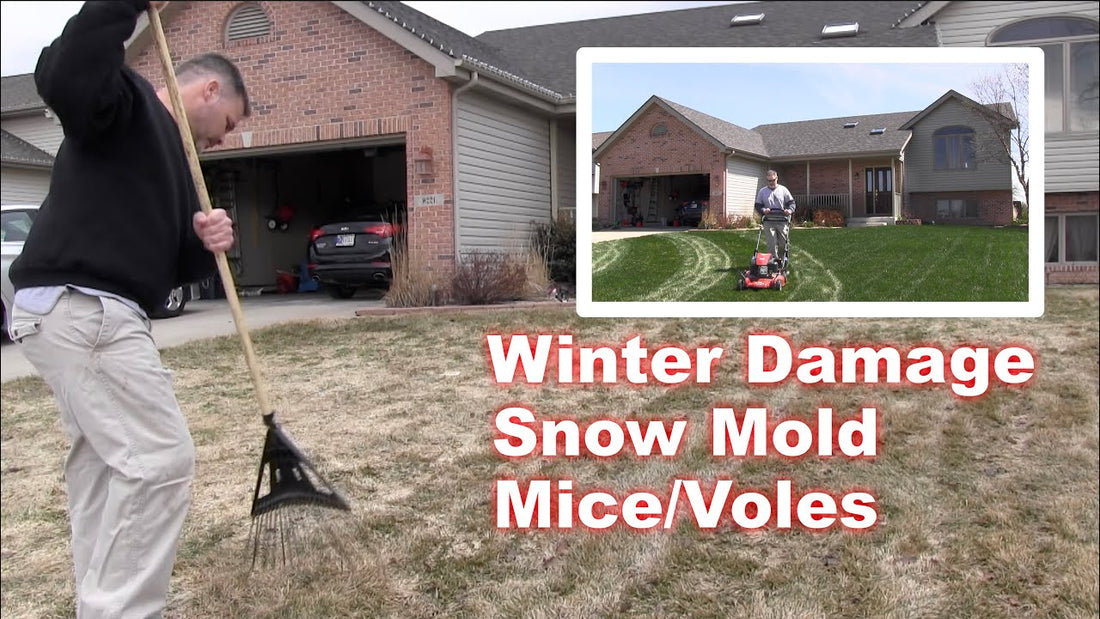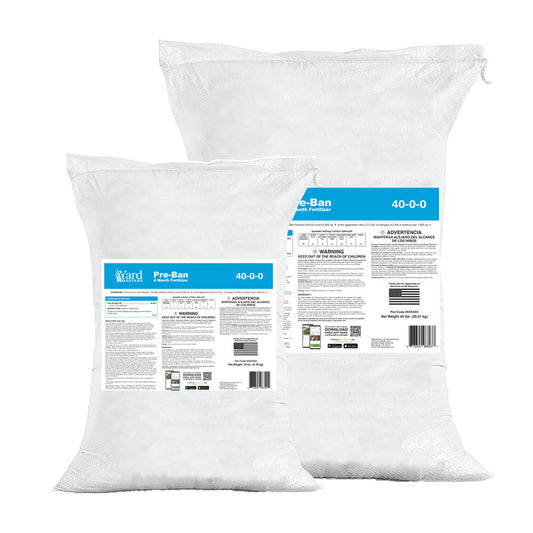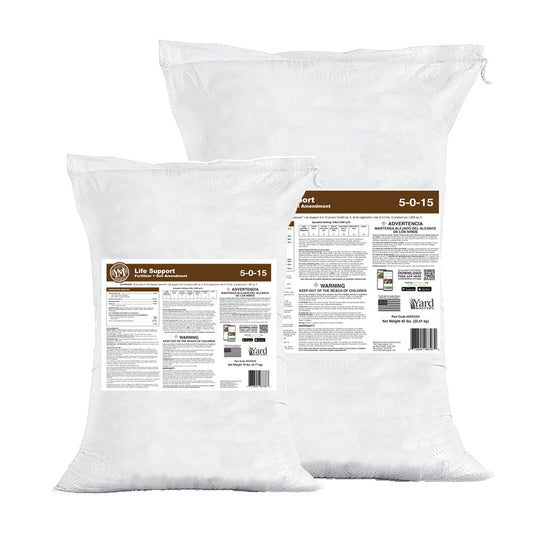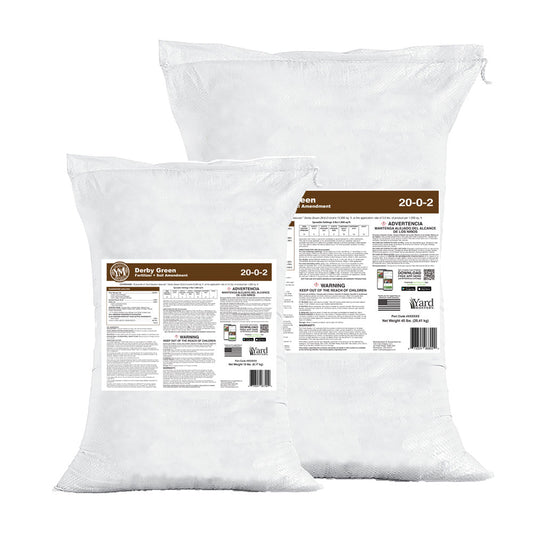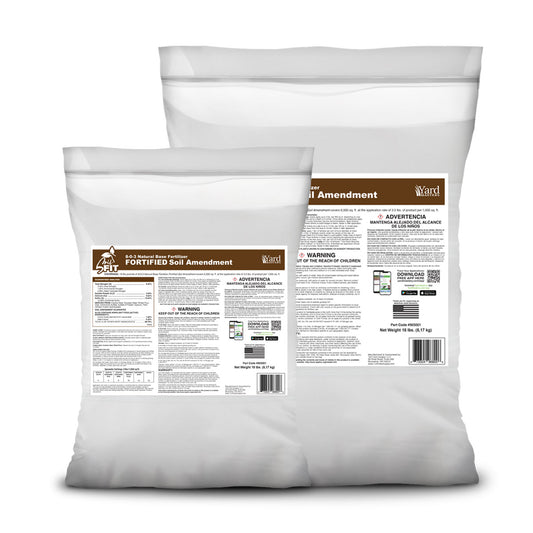Last week I posted a video talking about spring lawn recovery for cool season turf and I got quite a few questions in the comments that I am going to answer here since I figure many more of you may have the same ones.
Click below to watch the "How To Revive Your Brown Lawn In Spring" video or watch it on YouTube here: https://youtu.be/smj_ku-ARLw
So in that video I talk first and foremost about raking. Raking is so important but you have to get the right kind! You definitely do not want to use a rake that is harsh on the grass. If you have a stiff plastic rake that you use for raking leaves, this is NOT what you want. Instead, you want a "thatch" rake that has thin metal tines that are structured so they have some "give" as you pull them into the turf.
I 100% recommend you get this rake at a local store but if you want to see an example, it's one like this. Everyone of you knows what these type rakes look like because your dad and grandad had one in their garage. Those "flexible metal tines" are the key because they dig in but also offer some give at the same time.
What if I Have A Big Lawn?
Big Lawn = Big Work, but it doesn't mean you have to hand rake your entire acre in one day. Raking the lawn can be done over several weekends. Look for the areas that are waking up the slowest and concentrate your raking there, then next weekend, hit another spot, and so on. Look at raking like a regular spring maintenance routine that gives you an excuse to get outside but also offers lots of benefits that will pay off down the road.
Should I De-Thatch
There is a huge trend online these days where people buy a cheap dethatching machine and go to town on the lawn. I remember when I lived in NW Indiana, even before the internet and the availability of cheap dethatching machines, the old timers would rent gas powered dethatchers every spring and rake until they had pile after pile of debris sitting there.
I can tell you this is NOT needed. It's just wasted effort. I worked on cool season lawns on the Southside of Chicago and NW Indiana for 15 years and in that time I ran across less than 5 lawns that actually needed to be de-thatched with a machine.
The truth is, you want some debris (thatch) in the lawn because it houses microbes, shades the root system from the sun keeping roots cooler in summer and helps retain moisture. It also can help prevent erosion. That's why if you de-thatch this year and rip it all out, all of what you did will just be built back up there again next year because the turf wants it there.
Hand raking does work though because it helps create airflow but doesn't remove 100% of the thatch. It only pulls out small amounts of dead stuff in the worst areas that you target. Hand raking also puts you in touch with your land and that is important. You can't get that with a machine.
Fertilizing and Pre-Emergent
The other thing I mentioned in that video is fertilizing. For cool season lawns, you want to push growth fast and hard. Look at the way your cool season grass grows, hard and fast in spring, takes a break in summer, picks back up in fall, then sleeps all winter:

You can see we are just now entering that steep growth cycle and your job is to fuel it with nitrogen. Remember, nitrogen drives the bus and all the other elements you apply are riding along on that bus. Nitrogen drive it and that is what you want.
This is the product I recommend you use, Flagship. It's a great replacement for CarbonX (CX DIY) because that company went out of business last fall. The results will be just the same if not better and Flagship contains micronutrients along with Bio-Nite which is the same thing as Milorganite, all inside the bag.
This fertilizer will push your lawn to get green, but also help it to grow through any problems it has including snow mold, mouse damage, or just general dead spots from spring.
What About Pre-Emergent
The other question people were asking is about pre-emergent and when that falls in. So I have a full, step-by-step lawn plan that will answer 99% of your questions about what to apply and when to apply it, pick it up here! (you get free updates every year too)
But in short, when it comes to the early applications of the year, you want to apply the Flagship and the Pre-Emergent at the same time or very close together. That timing is as soil temps approach 50F and are heading to 55F. Here is a complete video showing how that application works.
Throw them both down and water them in. DO NOT mix them together in the spreader hopper though - that will throw off the consistency. Make sure you do them as two separate applications, but on the same day is fine - of you can separate them by a week or two if you don't have to time to get it all down on the same day.
You also want to start with your bio-stimulants around this time and the best one to use early on in the season is RGS. (Root Growth Stimulant).
What About Mowing?
For mowing, if you have debris on the lawn, either leaves that have blown in or clippings you have pulled up when raking, you want to bag those up and discarb them.
You also can cut the lawn one or even 2 notches lower than normal here early in spring to stimulant growth. If you have been mowing at 3.5" then you can knock down to 2.5" in spring to really wake the lawn up. Think of this like giving it a heavy workout to give it a little pain... good pain.
Now don't scalp it, but for sure, go down a notch or two to get it moving and start mowing every week.
Will All This Foot Traffic Hurt The Grass?
The final question I see is that people think walking on their dormant grass may harm it in some way. That is not the case, however, if the ground is still hard and frozen at the top 1-2" or there is frost on the grass, that can harm it. So wait until the morning frost is burned off before starting your work and you will be all good.
I hope these additional tips have helped you with your spring lawn strategy this season and that you have a successful 2021!
AL


